Being an international student in America has really opened my eyes to the food world. One of the first things I noticed when I came to America is the difference between real Asian food, and what Americans think is Asian food.
When you think of Asian entree, you might think of lo mein, fortune cookies, orange chicken, etc. Although these cuisines are delicious and cheap, they have been Americanized and have lost their real features that has taken away their cultural aspects. Let’s take a look at the discrepancies that are in “American Asian food.”

GIF courtesy of of reactiongifs.com
1. Spring Rolls
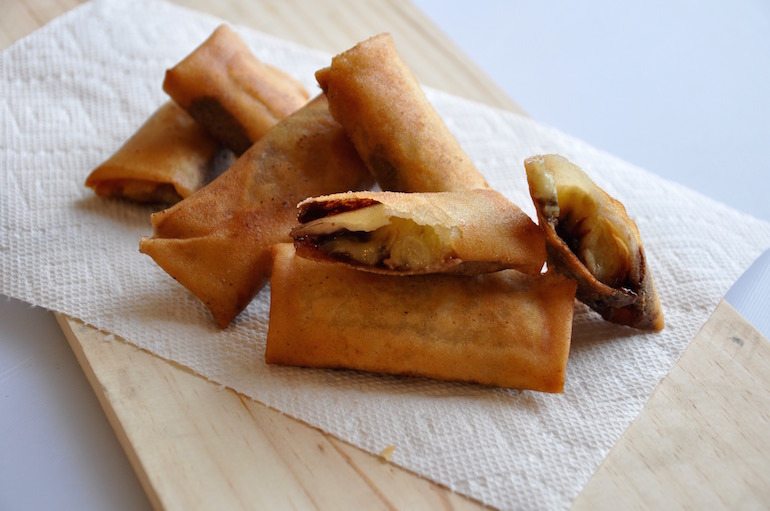
Photo by Helena Lin
Spring rolls are also known as egg rolls by Americans, which is strange because they don’t even have any egg in them. The ingredients are completely different than traditional spring rolls. Most American Chinese restaurants assemble spring rolls to look like burritos and they often have very hard and chewy surfaces. Traditional spring rolls should have crisp surfaces and steamed vegetables inside.
2. Sushi
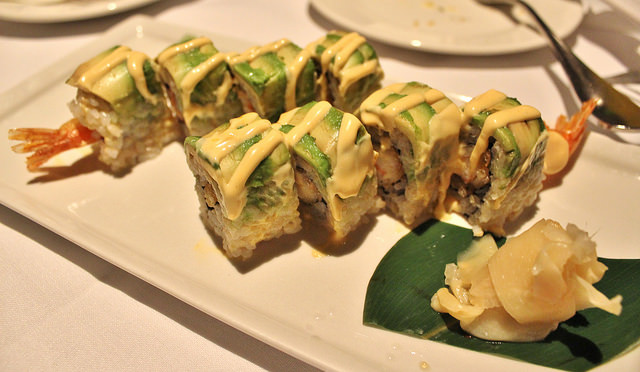
Photo by Nicolle Luftman
Traditional Japanese sushi never uses fruit, beef, chicken, avocado or cream cheese as ingredients. The main ingredients in authentic sushi from Japan includes raw fish, such as salmon and tuna, and cucumbers. Tempura-fried sushi is also an American invention. Don’t even get me started on sushi burritos.
3. Orange Chicken
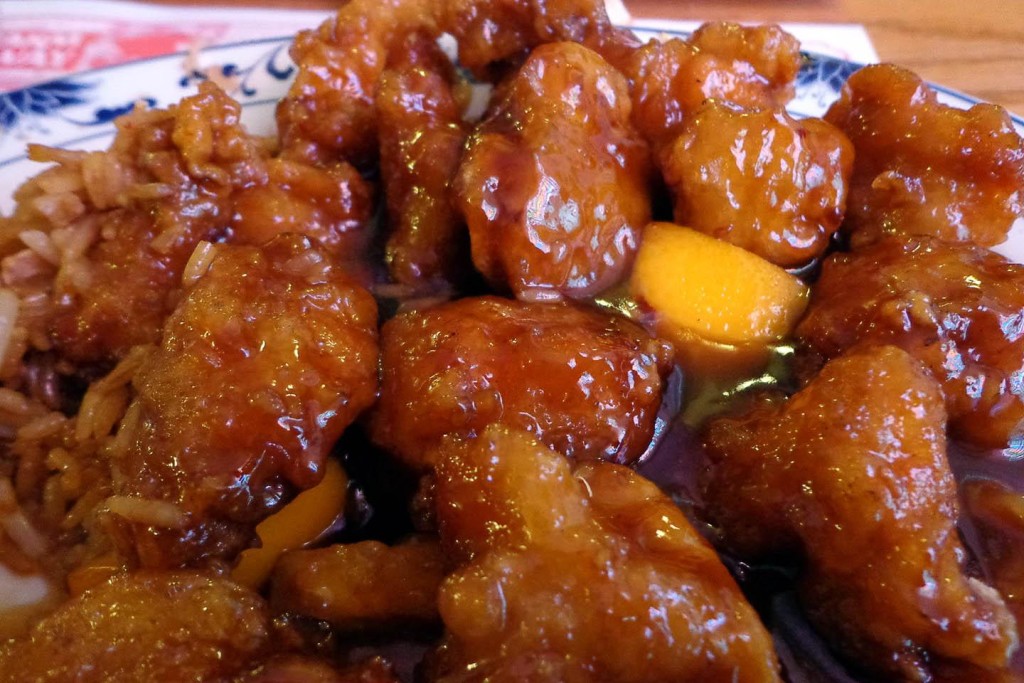
Photo courtesy of morguefile.com
As an Asian student, I had never heard of orange chicken in my home country until I saw the dish on a Chinese restaurant’s menu in America. Another point to add is that Chinese restaurants often give you the option of either white rice or brown rice — traditionally, an entree such as a chicken or beef will almost always be served with white rice (Jasmine rice is perfect).
4. Pad Thai

Photo by Nicole Bradley
A traditional Pad Thai dish in Thailand consists of shrimp, flat rice noodles (not Ramen), fish sauce, and veggies. However, when you research Pad Thai recipes, it’s plain to see that there are a ton of different variations that Americans take on this delicious entree. Most recipes substitute chicken for shrimp, which takes away the most important part of the dish.
5. Fortune Cookie
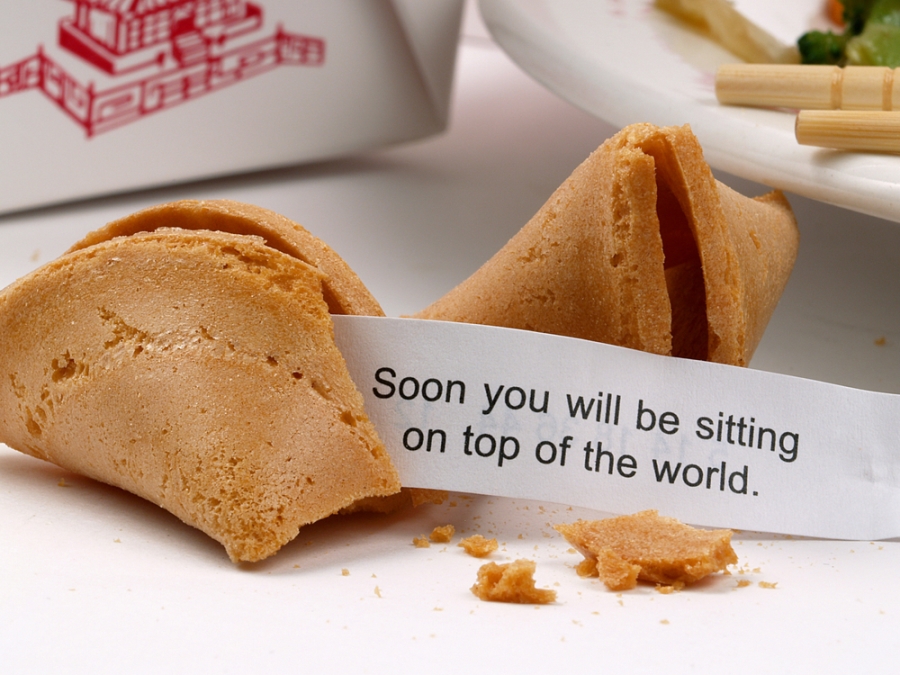
Photo courtesy of wonderopolis.org
Technically, fortune cookies are not Asian food. They are created by Americans. The good thing about fortune cookies is that each cookie has a piece of paper inside, which has a written Chinese word and good fortune. This enables costumers to learn some Chinese and compare fortunes and Chinese words with the family and friends that they are dining with.
6. Crab Rangoon
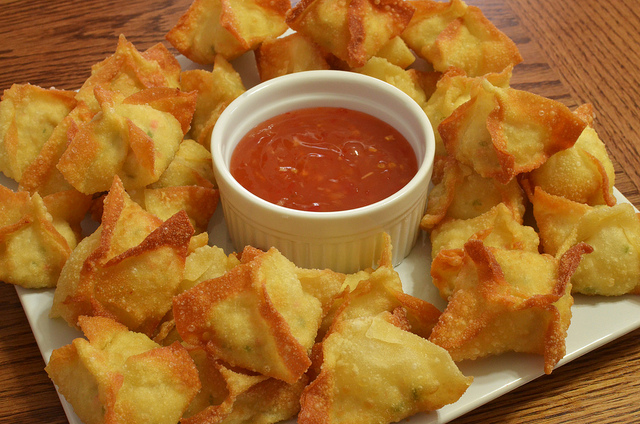
Photo courtesy of amazingappetizerrecipes.com
Like fortune cookies, the crab rangoon was born in America and adopted by American-Asian restaurants. American crab rangoon is originated from a wonton, which is a dumpling-like Chinese cuisine. Traditional wontons are stuffed with pork and encased in a flour wrapper. They are fried and turn out white and smooth, instead of golden and crunchy like American rangoon.
7. Stir-Fry
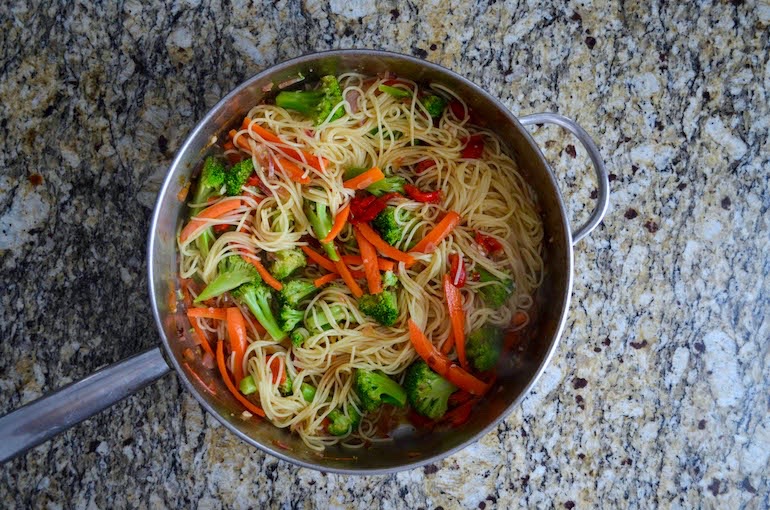
Photo by Megan Prendergast
You might be surprised that I put stir-fry on the list, but I could list a billion reasons as to why this dish isn’t very authentic. Many stir-fry recipes list ingredients that are not in a true Asian stir-fry.
Traditional stir-fry consists of ingredients such as meats such as beef, chicken or pork; bok chow, which is a Chinese cabbage; vegetables such as broccoli, green cabbage, bell pepper, and onion; and chopped garlic and ginger, both of which should NOT be in powder form.
What about rice? Typically, rice is not mixed into stir-fry. Some personal flair that one might add to their stir-fry could be egg for some extra protein or teriyaki sauce and chili paste for some bonus flavor.
8. Asian Lettuce Wrap
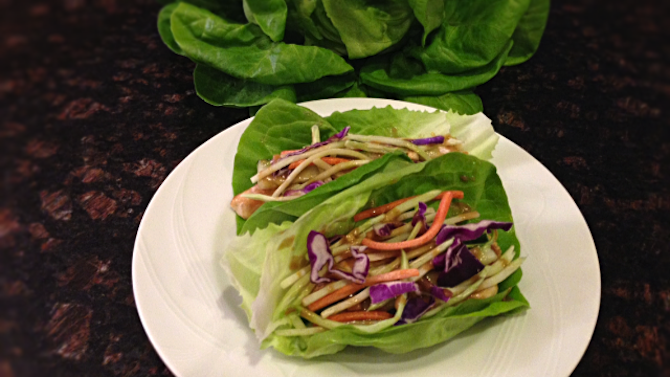
Photo by Angela Pizzimenti
Don’t let the “Asian” in the name fool you — lettuce wraps are just another American invention. Chances are, you have probably seen Asian tuna wrap or Asian chicken wrap on a menu of an American restaurant at some time or another. The point is, this is the American food industry’s way of pulling us in. Because what does a wrap remind you of? A burrito. And Americans love burritos.
The fact is, most of the ingredients in Asian lettuce wraps are completely Americanized, right down to the lettuce. Asian lettuce is commonly fresh-picked and stir-fried. The other typical ingredients of an Asian (American) lettuce wraps are chestnuts, peanuts, and ground beef. While this is a delightfully yummy combination of foods, you will never find this kind of dish in Asia.
Did you know?

GIF courtesy of gravesdiggers.tumblr.com
In most traditional Chinese cuisine, people usually use peanut oil instead of olive oil or vegetable oil. The peanut oil has more fat so it makes the food taste like heaven.

